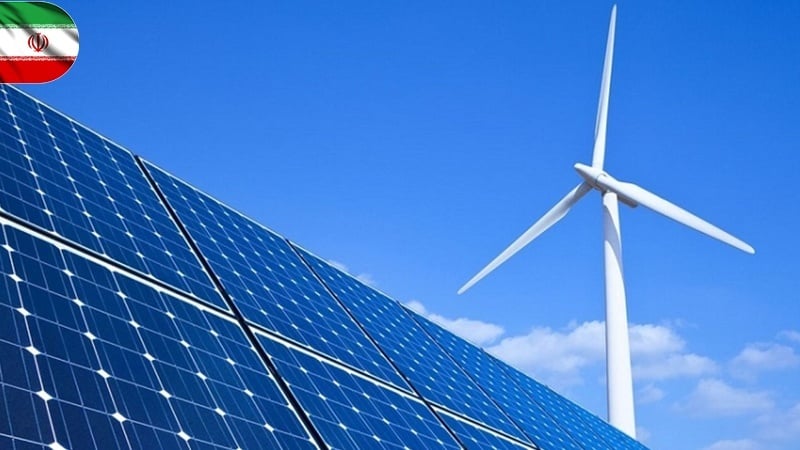Clean energy in Iran: A unique opportunity for foreign investors
-

Iran’s clean energy potential and investment opportunities
Pars Today – With its abundant natural resources, Iran is one of the most promising countries in the field of renewable energy production, especially solar and wind energy.
Given the environmental crises, the depletion of fossil fuel resources, and the growing need for sustainable energy, investing in the construction of solar and wind power plants in Iran represents a significant and promising economic opportunity.
According to Pars Today, statistics from Iran’s Renewable Energy Organization (SATBA) estimate the country’s solar energy potential at over 5,000 gigawatt-hours per year—about 15 times Iran’s current electricity consumption.
In light of environmental challenges, the decline in fossil fuel reserves, and the increasing demand for sustainable energy, investment in developing solar and wind power plants in Iran is considered a key and forward-looking economic opportunity.
Iran enjoys an average of over 300 sunny days per year, with annual solar radiation in many regions ranging between 2,000 and 2,500 kilowatt-hours per square meter. Provinces such as Yazd, Kerman, Isfahan, and Sistan and Baluchestan, which receive solar radiation above the national average, are considered the best areas for establishing solar power plants.
Additionally, Iran’s wind energy capacity is estimated at around 35,000 megawatts. Western and northeastern provinces, including Khorasan, Ardabil, Zanjan, and West Azarbaijan, benefit from constant winds with average speeds exceeding 7 meters per second—ideal conditions for building wind power plants.
Economically, generating electricity from renewable sources not only reduces the costs associated with fossil fuels but can also lead to electricity exports to neighboring countries such as Iraq, Afghanistan, and Pakistan.
In recent years, the Iranian government has introduced incentives including guaranteed purchases of renewable electricity, tax exemptions, and bank facilities for investors in this sector. These supports can help ensure a timely return on investment.
Furthermore, with the rising global demand for clean energy, entering this field is not only profitable within Iran but also has the potential to open opportunities for participation in international projects in the future.
Technologies for manufacturing and installing solar panels and wind turbines are currently available either domestically or through limited imports, which facilitates the execution of projects.
Overall, considering Iran’s geographical potential, government support, regional market demand, and the global need for clean energy, investing in the construction of solar and wind power plants can be one of the smartest choices for both domestic and foreign investors.
MG